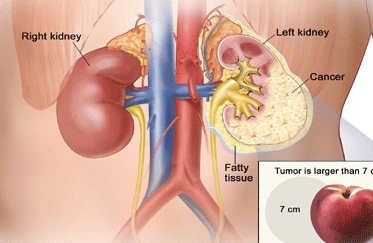A true food allergy is an abnormal reaction of the body immune system to a food ingredient (mosty proteins) that is otherwise harmless.
As published in Indian Express on April 20, 2013 – Although it may seem that nearly everyone is allergic to certain foods, true food allergies are rare. Rouhly five to eight per cent children and one to two per cent adults suffer from food allergies. One of the reasons for this could be that people often confuse between food allergy and food intolerance.
A true food allergy is an abnormal reaction of the body’s immune system to a food ingredient (mosty proteins) that is otherwise harmless.
Food intolerance or food sensitivity is a non-immunological reaction to food or food activities. These originate in the gastrointestinal system and involve an inability to digest or absorb certain substances. Lactose intolerance and sulphite induced asthma are some of the most common examples of food intolerance.
Symptoms of proven food intolerance vary and may be usually mistaken for those of food allergy. Food sensitivities are rarely life threatening and the symptoms tend to be localised. Symptoms of Food Allergy are not uniform and may vary from person to person. They can range from mild (such as an itchy mouth, itchy tongue, swelling or itchy rash) to severe (shock or cardiac arrest). Others include migraine, headache, muscle aches, pain, nausea, cramps, vomiting, diarhoea, sneezing, coughing, shortness of breath or wheezing.
The most severe reaction is called anaphylaxis. This infrequent, yet potentially fatal, response to an allergen involves several body systems and results in a collection of symptoms instead of the usual one or two seen with typical food allergy. Difficulty in breathing, throat constriction, decreased blood pressure and unconsciousness may occur almost simultaneously. Although they are rare, anaphylactic reactions most often occur when the allergic individual is eating away from home and inadvertently consumes food he/she is allergic to.
Food Allergy may appear at any age, but true allergic reaction to foods are most common in infants and young children. Allergens usually provoke the same symptoms each time, but many factors affect intensity, including quantity of the offending food consumed, and how it was prepared. Not all allergens are readily identifie. It may be necessary to keep a carefullly documented food diary of the time and content of all the meals and the appearance and timing of subsequent symptoms. After a week or two, a pattern may emerge. If so, eliminate the suspected food from the diet for at least a week, and then try it again. If symptoms develop, chances are that the offending food has been identified.
Hidden sources of Common Allergens
Milk & Milk products Baked dishes and desserts
Eggs Confectionary, toppings on certain desserts
Soy products Soy sauce, processed foods
Wheatproducts Breads, bakery, thickeners, soups
Peanuts candies, commercial preparations, oriental cuisine
Tree nuts cereal crackers, ice creams, candies, chocolates
Fish stews, salad dressings, oriental cuisine
Shell fish salad dressings, oriental cuisine




